|
JEAN DE WAVRIN - SEIGE DE PAMPELUNE
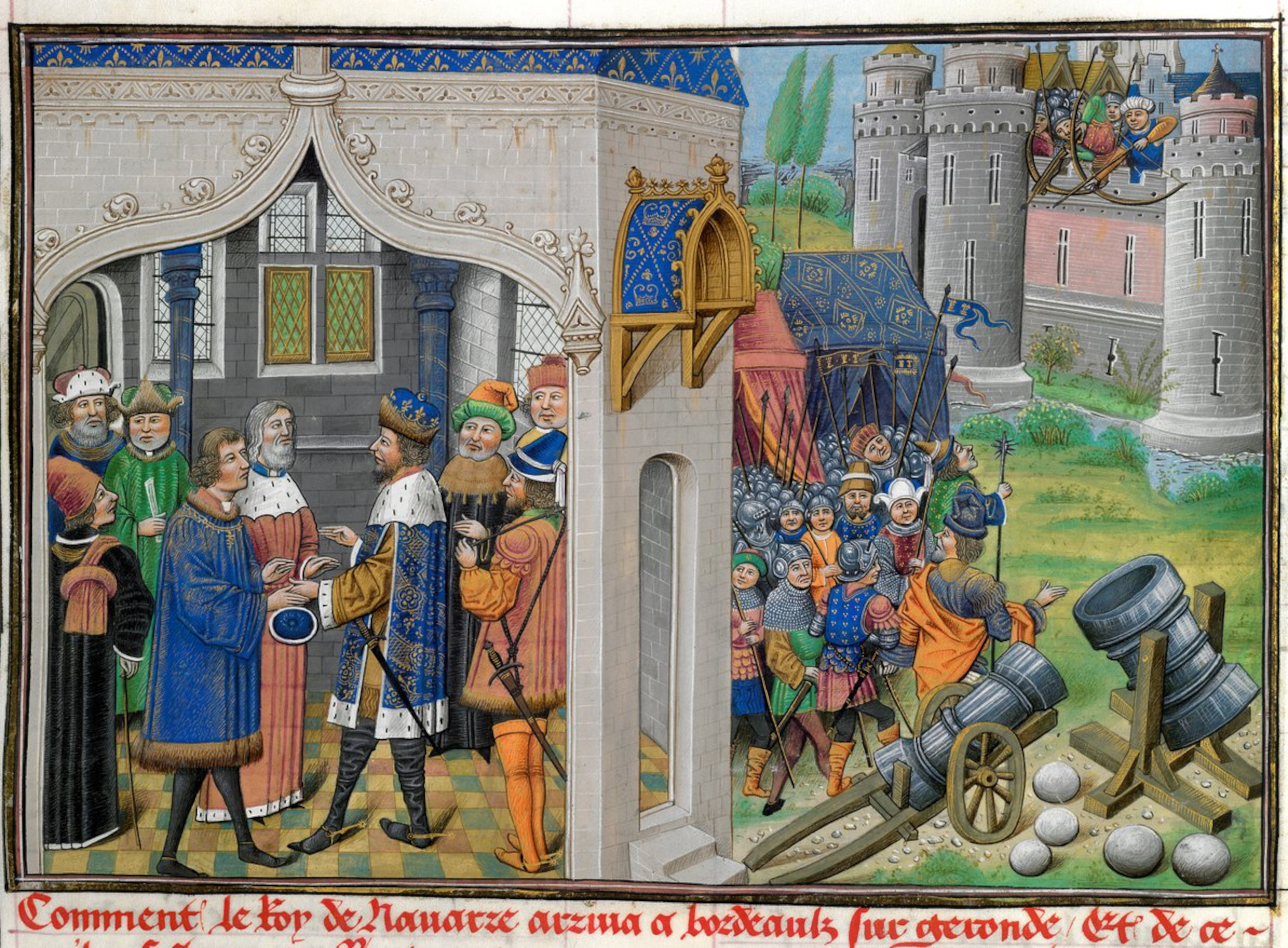
Jean de Wavrin, Public domain, 1470-1480 |
-
Jean de Wavrin was
called the Master of the Vienna Chroniques d'Angleterre in Bruges between 1470 and 1480.
- He was a creator of illuminated manuscripts which are formally prepared documents where the text is decorated with flourishes such as borders and miniature illustrations.
-
Wavrin specialized in illustrating manuscripts on historical
subjects, including one held by the Austrian National Library in Vienna,
called Recueil des croniques d'Angleterre.
-
The drawing depicts the war between France and the Hapsburgs from 1521 to 1526.
|
In the early 15th century the powerful Duchy of Burgundy with its huge territories in the Southern Netherlands, was a political and cultural rival to France. Into the magnificent Burgundian court circle, Jean de Wavrin was born in around 1398, bastard son of Robert, Count of Wavrin, who is believed to be the ancestor of King Juan Carlos of Spain and HRH the Prince of Wales.
(blogs.bl.uk/untoldlives)
|
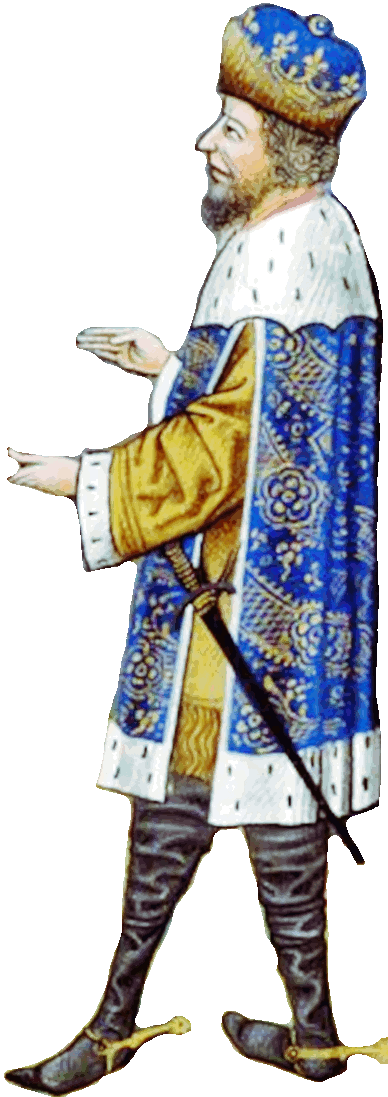
King Francis I of
France |
- The war between France and the Habsburgs, also known as the Italian War of 1521-1526, was a conflict rooted in the rivalry between
the Valois King of France, Francis I, and Holy Roman Emperor Charles V for dominance in Europe.
- The war, part of the larger Italian Wars, saw France fighting against a Habsburg alliance that included the Holy Roman Empire, Spain, and England.
- The conflict ended with France's defeat at the Battle of Pavia in 1525, leading to Francis I's capture and the Treaty of Madrid.
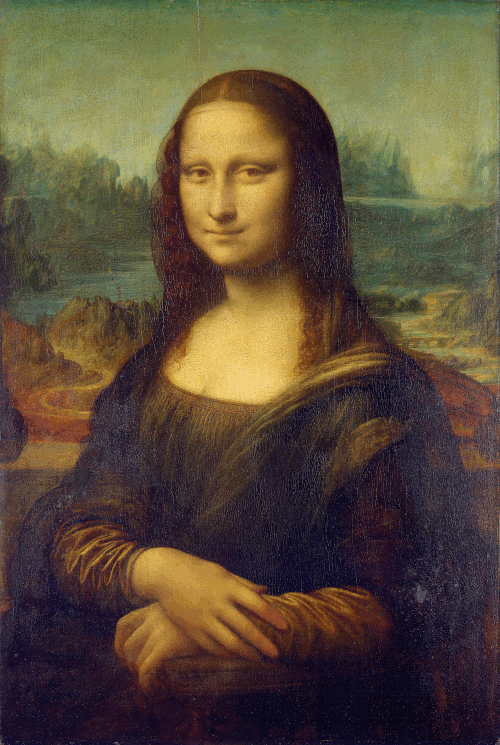
Leonardo da Vinci, Public domain, via Wikimedia Commons
1503-1506 |
- King Frances I acquired DaVinci's Mona Lisa which is now the property of the
French Republic.
- He appointed DaVinci as 'First Painter,
Architect, and Engineer to the King' in 1516.
- Leonardo,
who died in 1519, was provided with a manor house and a generous pension, enabling him to pursue his artistic and intellectual endeavors.
- After Francis
died, the painting was displayed at the Palace of Fontainebleau
until Louis XIV moved her to the Palace of Versailles, where
she remained until the French Revolution.
This prestigious appointment followed an
invitation from the king and allowed Leonardo to live
and work in France, specifically at the Château de
Cloux (now Clos Lucé), near the royal residence at
Amboise. (Assistant)
|
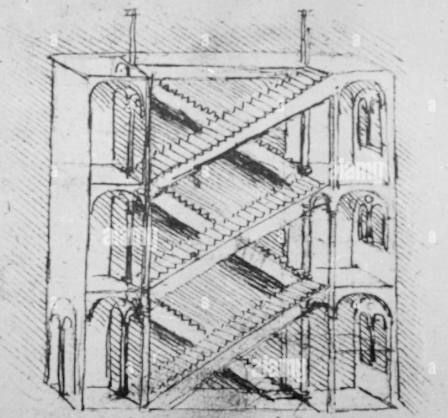
Da Vinci
residential staircase
Landlords and servants |
- Da Vinci designed a double helix staircase for the king.
- While living in the Chateau du Clos Lucé, Da Vinci drew inspiration from a snail for his model of the staircase and produced what is now thought to be one of his masterworks of design and engineering.
For each of us, the death of this man is a
bereavement, since it is impossible that we will ever
see his like again. (Francis I)
|
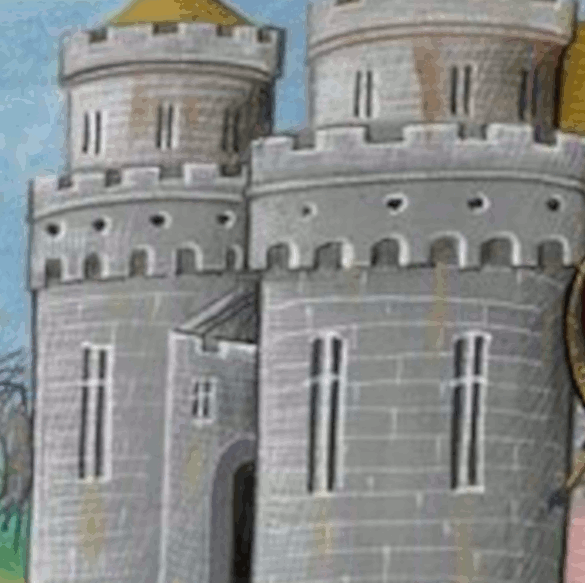
French towers |
- Francis I was the nephew-in-law of
Margaret of Austria, Emperor Maximilian’s daughter.
- His
reign was dominated by war beginning with the Habsburg-Valois
conflict where his forces were pitted against the Holy Roman
Empire.
- The main conflict, also known as the Italian Wars, lasted
for approximately six decades between 1494 and 1559.
|
The Habsburg-Valois conflict is seen as a turning point in the evolution from medieval to modern warfare, with significant advancements in artillery and military organization. The wars were largely fought in Italy, with both sides vying for control of the peninsula.
(Assistant)
|
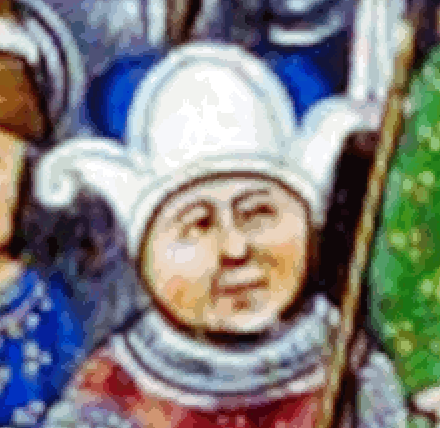
Pope Leo X |
- The Italian War of 1521–1526, sometimes known as the Four Years' War, was a
small part of the Italian Wars.
- The war pitted Francis I of France and the Republic of Venice against the Holy Roman Emperor Charles V, Henry VIII of England, and the Papal States.
- It arose from animosity over the election of Charles as Emperor in 1519–1520 and from Pope Leo X's need to ally with Charles against Martin Luther.
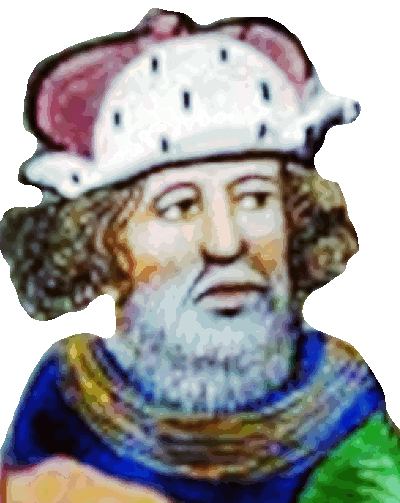
Charles V of Spain |
- Francis I main competitor was in
power as a result of bribery and nepotism, Charles of Spain was confirmed as Holy Roman Emperor
and took the name Charles V.
- This one man, Charles von Habsburg,
was the King of Spain, Holy Roman Emperor, Archduke of Austria, Duke of Burgundy and Lord of The Netherlands all in his own right.
- He was the most powerful king in Europe and not even the kings of France or England could challenge him.
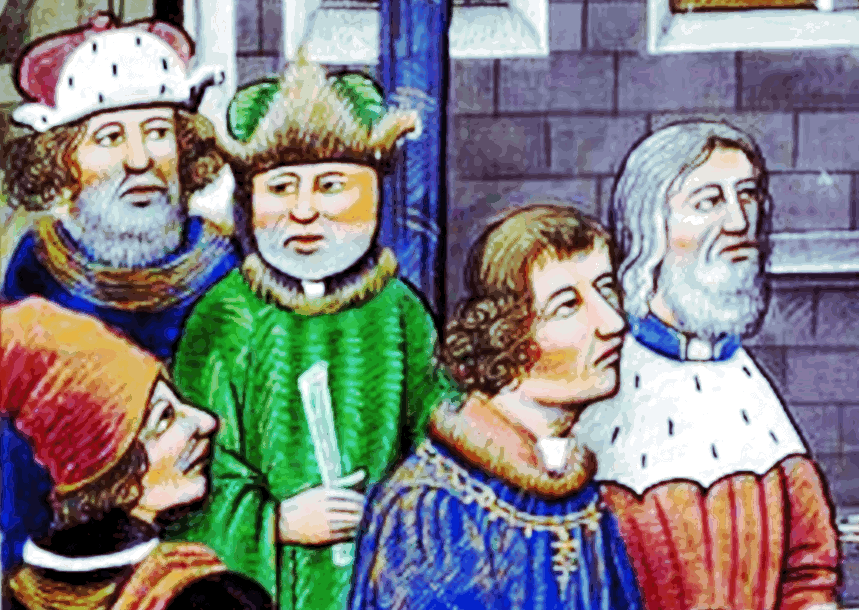
Holy Roman Emperor
and gang |
- Charles V grew up in Belgium, in the
dukedom of Burgandy, which technically made him a French
subject, and with an ongoing feud with King Francis I of
France, it was an unpleasant position because of their
bitter rivalry.
- Charles knew that Francis I had
attempted to win the title of Holy Roman Emperor.
-
Francis I had warned the Electors that Charles was an unfit
and despotic man.
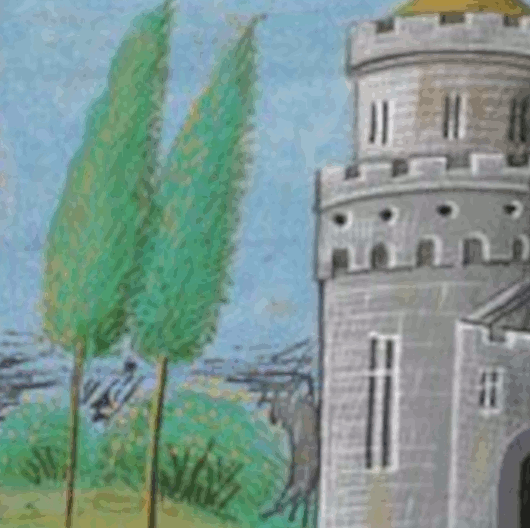
Kingdom of Navarre |
- Tke Kingdom of Navarre was a former independent kingdom of
Spain and was known until the last half of the 12th-century
as the Kingdom of Pamplona, after its capital and chief
city.
- In the Middle Ages much of Navarre was Basque-speaking.
- The other language used was the Navarro-Aragonese dialect, which, together with French, after 1234, was the language of the administration.
- The
Kingdom of Pamplona ceased to exist in 1512.
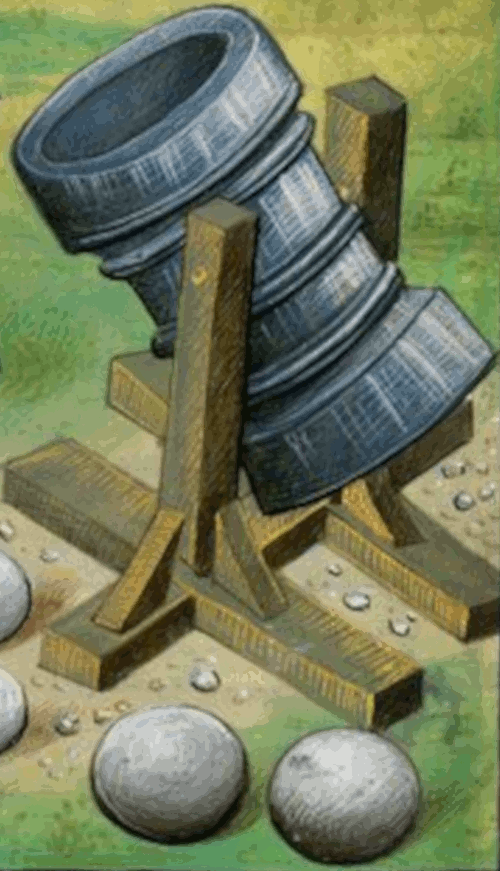
Unsuccessful launch |
- France, under the direction of King Francis I, launched offensives in the Navarre region and against Habsburg territories in Italy, but these were largely unsuccessful.
-
The Habsburgs, with English support, launched a counteroffensive, pushing the French out of Milan and engaging in sieges and battles.
|
Navarre, an ancient Basque realm, had straddled the Pyrenees until Spain conquered the Iberian part of the kingdom in 1512. Henry d’Albret—the son of the last king of Navarre before the Spanish annexation—was eager to reclaim his lands. When war between France and Spain started in 1521, Henry crossed the Pyrenees with a strong French army. This ignited revolt across Spanish Navarre.
(Britannica)
|
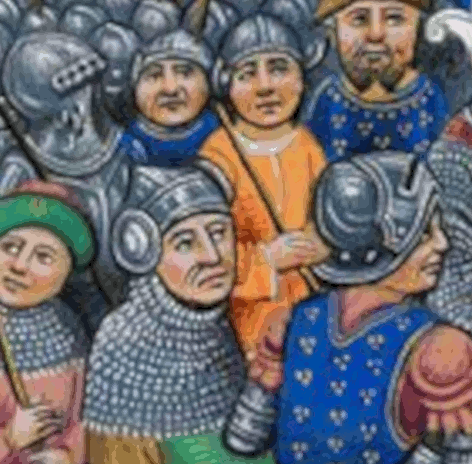
Charles V's troops |
- The two monarchs ended up fighting four separate wars
against each other .
- Because Francis I had the ability to
tax his subjects in France and a religious class loyal to
him, as well as a population who all spoke the same
language, he should have won.
- Except Charles V's troops
won every war and they also managed to take Francis I
hostage at the siege of Pavia.
|
In 1525, King Francis I of France laid siege to Pavia, then under the control of Imperial troops, as part of the Italian War. The siege, however, was not successful, and the decisive Battle of Pavia resulted in a crushing defeat for the French and the capture of King Francis I by Emperor Charles V.
(Assistant)
|
|
|

